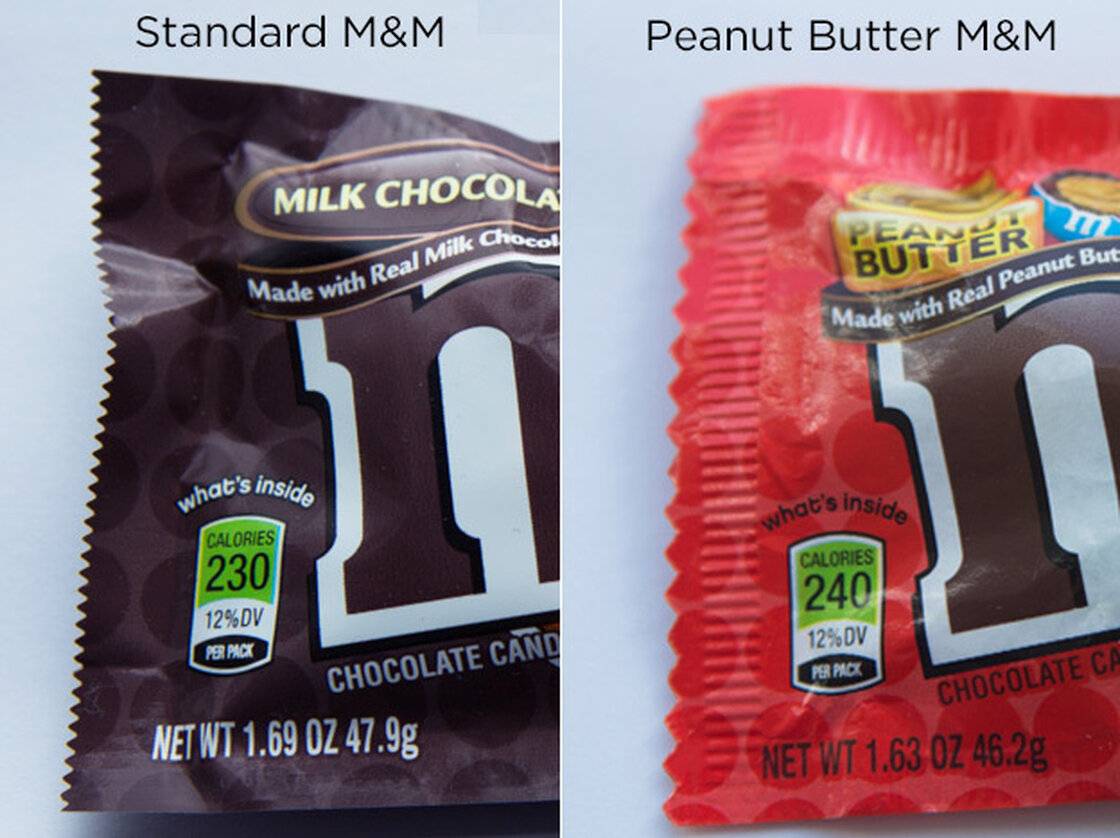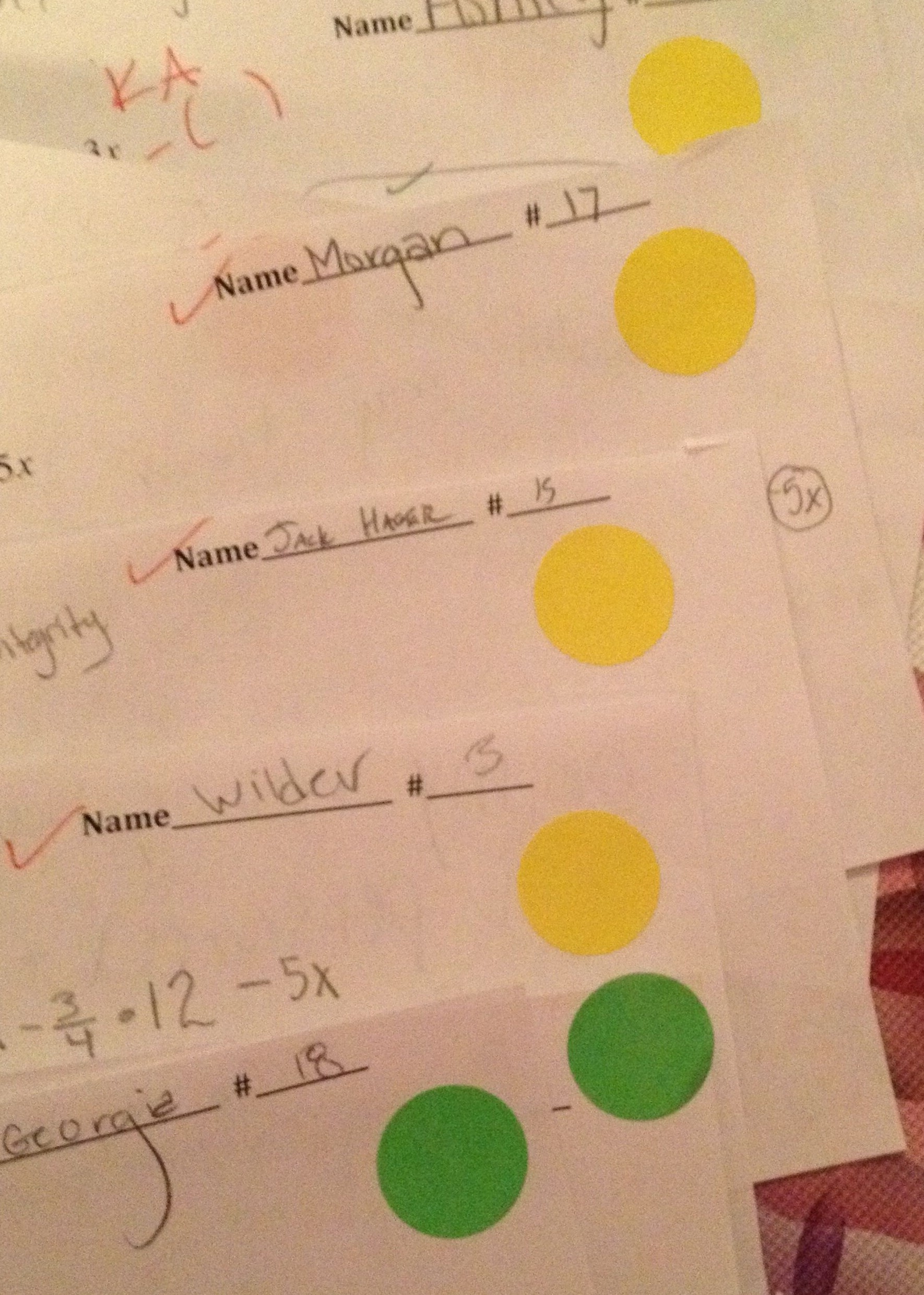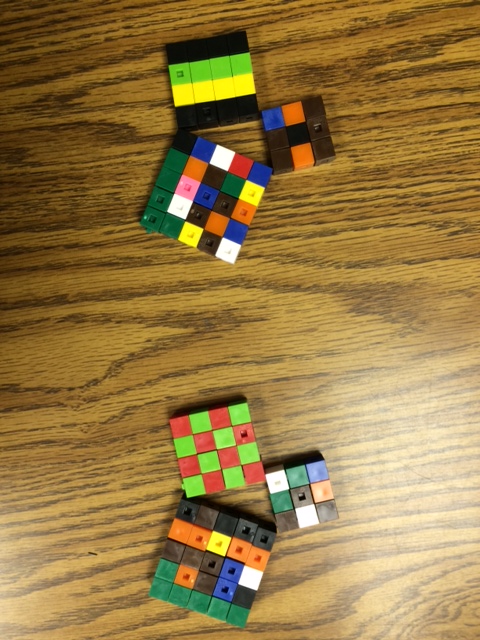And so starts a series of calculations to figure out where you would land if this amusement park ride failed and launched you instead. Although a bit morbid, this series of calculations would be well suited for any class talking about parabolic/projectile motion. I like the use of Google Maps and streetview to enhance the solution."Part of the joy of the Booster Maxxx is knowing that every few weeks, a bunch of underpaid Eastern-European carnies take it apart and put it back together again in another city, significantly increasing the chances of a catastrophic accident."
Curriculum Tags: MPM2D, MFM2P, MCR3U, MCF3M, MBF3C
http://motherboard.vice.com/read/how-far-are-you-flung-when-an-amusement-park-ride-goes-terribly-wrong
 I really like this post about using an area model for dealing with quadratic equations. I have been an advocate for that for years but I had never seen this kind of treatment. Using the snap cubes to represent each term for various values of x is neat. And I love the different visual representations of each stage. Check it out.
I really like this post about using an area model for dealing with quadratic equations. I have been an advocate for that for years but I had never seen this kind of treatment. Using the snap cubes to represent each term for various values of x is neat. And I love the different visual representations of each stage. Check it out.Curriculum Tags: MPM2D, MFM2P
http://slamdunkmath.blogspot.ca/2014/06/area-length-width.html
 This dynamic sketch from the folks at Sketchpad is an interesting way to attack the problem of dynamic software. That is, if you have a dynamic sketch that shows the sum of the angles in a triangle always equal 180o then what might happen is that the dynamic nature may be too quick for students to grasp the very thing you want them to. So they have modified the sketch with virtual protractors so that kids actually have to make the measurements of the angles.
This dynamic sketch from the folks at Sketchpad is an interesting way to attack the problem of dynamic software. That is, if you have a dynamic sketch that shows the sum of the angles in a triangle always equal 180o then what might happen is that the dynamic nature may be too quick for students to grasp the very thing you want them to. So they have modified the sketch with virtual protractors so that kids actually have to make the measurements of the angles.Curriculum Tags: Gr8, MFM1P, MPM1D
http://blog.keycurriculum.com/questioning-some-dynamic-geometry-angle-wisdom/
Here is another connections to math in the movies. This one is dealing with the idea of error calculations and the movie Divergent.
 Curriculum Tags: MDM4U
Curriculum Tags: MDM4Uhttp://www.statslife.org.uk/significance/1345-the-search-for-divergents-and-measurement-error
 I wasn't sure about this one at first but then I realized that we do have to try to reach every student and for those who are artistically inclined, this can be a way to get them engaged in the math you are doing. thanks to Peter Wright for this one
I wasn't sure about this one at first but then I realized that we do have to try to reach every student and for those who are artistically inclined, this can be a way to get them engaged in the math you are doing. thanks to Peter Wright for this oneCurriculum Tags: All
http://www.teacher-support-force.com/teaching-math-with-art.html
 This article focuses on a book called How not to be Wrong: The Power of Mathematical Thinking. I like the reference to the Stock Broker's fallacy problem too. Thanks to Michele Cooper for this one.
This article focuses on a book called How not to be Wrong: The Power of Mathematical Thinking. I like the reference to the Stock Broker's fallacy problem too. Thanks to Michele Cooper for this one.Curriculum Tags: All
 Although, technically, I think the methods this kid uses are outside of our grade 12 calculus course, it is still interesting. From a scientific perspective, I liked how meticulous he was in taking his measurements.
Although, technically, I think the methods this kid uses are outside of our grade 12 calculus course, it is still interesting. From a scientific perspective, I liked how meticulous he was in taking his measurements.Curriculum Tags: MCV4U
https://student.societyforscience.org/blog/eureka-lab/teen-puts-calculus-ice
I have seen a few different versions of this shirt but I think this one is the one that is most mathematically correct. Thanks to Michele Cooper for this one.
Curriculum Tags: MCR3U, MHF4U
http://www.redbubble.com/people/malcolmwest/works/12091162-holy-shift-look-at-the-asymptote-on-that-mother-function?p=t-shirt
At 538 they literally post tonnes of stuff every day. So you are bound to find something you will like relating to data. This week it is data about PBS Artist Bob Ross. You may know him as the guy who teaches you how to paint landscapes. Well they have the data on all the elements that he has included in his paintings and here they are
Curriculum Tags: Gr7, Gr8, MBF3C, MDM4U
http://fivethirtyeight.com/features/a-statistical-analysis-of-the-work-of-bob-ross/











































